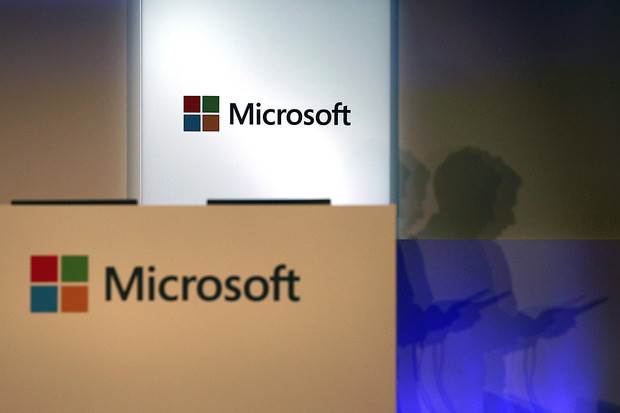Microsoft will extend support for the Windows Server and SQL Server product lines to keep customers, and ultimately convince them to move their workloads into the cloud, an analyst said today.
Last week, Microsoft unveiled “Premium Assurance,” which will add up to six more years to the support lifespan of Windows Server 2008 and later, and SQL Server 2008 and later. Enterprises with existing Software Assurance agreements will be able to purchase the additional support starting in March 2017.
Under Premium Assurance, only those security updates classified as patching “Critical” and “Important” flaws will be provided. The extended support will cost between 5 percent and 12 percent of the current licensing cost for each year of coverage, depending on when during the next two and a half years a customer commits.
Analysts read between the lines of the announcement, trying to discern Microsoft’s motivation—beyond what a pair of marketing executives put forward—and to explain why the company switched from a semi-secret practice of offering extended support to some firms, but not all, to a more transparent policy available to most commercial customers.
According to Dolores Ianni, research director at Gartner, Premium Assurance was an admission by Microsoft that customers have had problems migrating their servers to newer versions.
“Look what they are up against,” said Ianni, pointing to the upcoming deadlines for Windows Server 2008 and SQL Server 2008, which will be retired from traditional support in January 2020 and July 2019, respectively. “This is a huge issue, and Microsoft is trying to get out in front of it,” Ianni added, referring to the large numbers of enterprises that won’t upgrade those editions before they reach end-of-life.
Under the old regime, customers would be out of luck if they missed a migration deadline. The only way to continue receiving security updates was with a Custom Support Agreement, or CSA, which were notoriously expensive and came with strings, including demands that the company commit to a migration timeline. CSAs were renewed annually, but were, in fact, temporary; Microsoft rarely allowed a CSA to run for more than two or three years.
“CSAs made customers dig way too deep into their budgets,” said Ianni. “This became a huge problem for Microsoft, because it prevented spending on new areas, like the cloud.” In other words, although Microsoft was happy to book revenue from CSAs, it would rather customers spend that money on something new, preferably a service, that would generate more revenue over time.
By making Premium Assurance more affordable than a CSA, Microsoft will give customers what they need—additional support for server products they’re unlikely to soon abandon—but without breaking enterprise budgets. Ianni applauded the move. “They could have structured this so that it would have been even more expensive,” she said. “I’m happy to see that there is some flexibility.”
The end goal, Ianni and others said, was to get customers running Windows Server or SQL Server on premises or in a data center to transfer those workloads to Azure, Microsoft’s cloud-based service.
“Microsoft is saying, ‘Invest in our platform and look at Azure,’” Wes Miller, an analyst with Directions on Microsoft, said about Microsoft’s ultimate ideal result.
“The strategic endgame here for Microsoft is to get customers into Azure. But they don’t want to lose those customers along the way,” Ianni said, referring to Microsoft. “They don’t want customers to jump ship, from SQL Server to Oracle, say.”
Desertions from one ecosystem to another are most likely when product support runs out—when a change must be made in any case— whether by upgrading to a new edition from Company A, or switching to the competitor from Company B.
“This is just kicking the can down the road in some ways,” Ianni acknowledged. At the same time, Premium Assurance should give companies the breathing room needed to migrate from, for example, Windows Server 2008 R2 to a newer edition, like Windows Server 2016.
“I see this as the first phase in a longer-term strategy to get people to move [server workloads] into the cloud,” Ianni said.
This story, “Why Microsoft added 6 years to Windows Server support” was originally published by
Computerworld.







